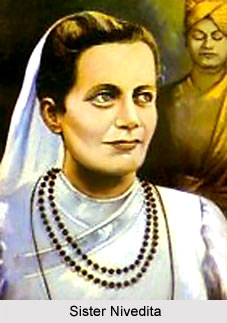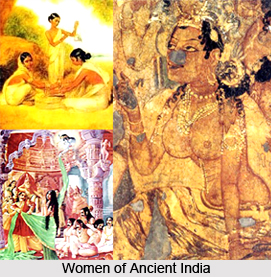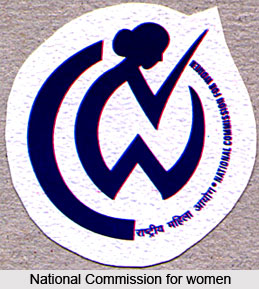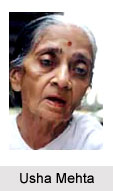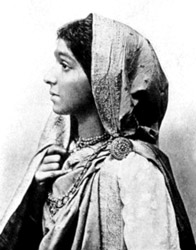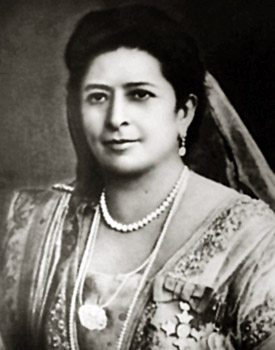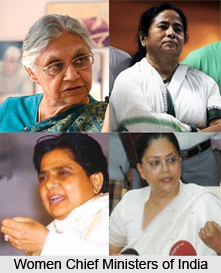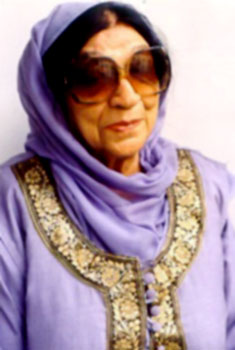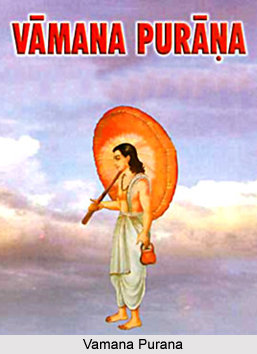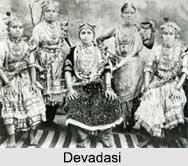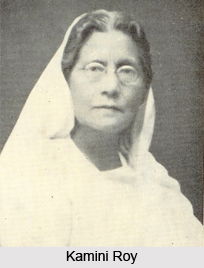 Feminism is concerned with gender inequalities that women suffer. It advocates that men and women bear equal importance in the socio-cultural-political-economic-educational context. Indeed , Feminism, condemns the biased definition of womanhood, governing the self of any woman, and the outer world.
Feminism is concerned with gender inequalities that women suffer. It advocates that men and women bear equal importance in the socio-cultural-political-economic-educational context. Indeed , Feminism, condemns the biased definition of womanhood, governing the self of any woman, and the outer world.
Feminism, thus poses the essential "woman question" dealing with the needs and rights of women, and the improvement of their lot, through a network of theories, philosophies and movements . Kate Chopin`s " The Awakening " enlightens the world with the demonstration of the birth of feministic consciousness, in Edna Pontellier :
"In short, Mrs. Pontellier was beginning to realize her position in the universe as a human being, and to recognize her relations as an individual to the world within and about her. This may seem like a ponderous weight of wisdom to descend upon the soul...But the beginning of things, of a world especially, is necessarily vague, tangled, chaotic, and exceedingly disturbing. How few of us ever emerge from such a beginning! How many souls perish in its tumult!" Kate Chopin, here questions the steadiness of such dawn of consciousness, and the stability of the "woman question".
In the nineteenth century, the sway of the British in the colonial empire, planted the eruptive seed of the "woman question". British dominion imported scientific and technical ideas to the Indian scenario. Bent upon, to show the Western progressive outlook, the colonial regime, brought about marked changes in the major aspects of life. They assessed the ethical validity of the power-relations, a sensitive issue, which even the Muslim dynasties of pre-British India, had not dared to explore. Mughal Emperor, Akbar had tried to abolish the social abuse, Sati, but it was only the British, which could go ahead and legally eradicate the bane.
The misery of womanhood, the falsity of the ties of marriage, and the malpractice of polygamy, had been depicted by Rabindranath Thakur in his thoughtful and expository anecdote, Haimanti, a mirror of contemporary society: "In our [India], once a man is married, he no longer has, or needs to have, any kind of concern about the marriage…he has…compulsion to get another [wife]."
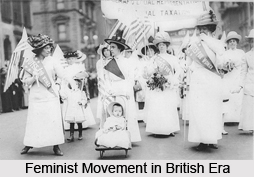 The colonizer British were habituated in boasting about their so called imperialistic ideology of the "White Man`s Burden" to civilize the third world nations. Inevitably, the British strongly criticized the conspicuous feminine distress, inherent in the Indian social fabric. British mouth speakers, like Risley (sometimes later in the century), cast the complain, that the Indian elites and wise thinkers were heedless of the dire straits in which the women of India, found themselves. A reformation of the society for the betterment of all hardly bothered them, as Risley perceived:
The colonizer British were habituated in boasting about their so called imperialistic ideology of the "White Man`s Burden" to civilize the third world nations. Inevitably, the British strongly criticized the conspicuous feminine distress, inherent in the Indian social fabric. British mouth speakers, like Risley (sometimes later in the century), cast the complain, that the Indian elites and wise thinkers were heedless of the dire straits in which the women of India, found themselves. A reformation of the society for the betterment of all hardly bothered them, as Risley perceived:
"History affords no warrant for the belief that the enthusiasm of
Nationality can be kindled in sordid and degenerate surroundings. A
Society, which accepts intellectual inanition and moral stagnation as
the natural condition of its womanhood cannot hope to develop the
high qualities of courage, devotion, and self-sacrifice which go to the
making of a nation."
However, it was to the benefit of the downtrodden Indian women, those eminent British writers, like James Mill castigated the suppression of women under the coercive prison of the irrational regulations and customs, imposed by the Indian religion, culture, and society.
James Mill was a modern mind who never hesitated to voice his optimistic views on women in his stirring History of British India , published in 1826.
Mill discussed that women are instrumental in initiating social progress: "Among rude people, the women are generally degraded; among civilized people they are exalted." As societies flourish, "the condition of the weaker sex is gradually improved, till they associate on equal terms with the men, and occupy the place of voluntary and useful coadjutors." Mill had earned sufficient knowledge of the Hindu society, through a study of Halhed`s Code of Gentoo Laws, a translation of the Code of Manu, some religious works, and accounts written by travelers and missionaries, Mill concluded: "nothing can exceed the habitual contempt which the Hindus entertain for their women . . . They are held, accordingly, in extreme degradation."
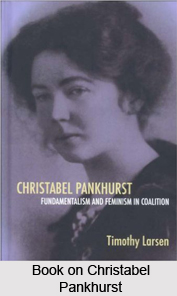 Missionaries intervened into the orthodox order of the day. Reverend E. Storrow visited India in 1848. He insisted that the unfortunate indignity and helplessness of the backward Indian womanhood, contributes to the lack of strength and integrity in the Indian nation. Storrow maintained that the high regard nurtured for women, had rendered power and prestige to countries like, Israel, Rome, and Western Europe. In fact, scholars had argued that the wretched womanhood, being identifiable with the declining military might of India, itself explains that why the nation, with such teeming millions, fell defeated before the comparatively small number of British conquerors.
Missionaries intervened into the orthodox order of the day. Reverend E. Storrow visited India in 1848. He insisted that the unfortunate indignity and helplessness of the backward Indian womanhood, contributes to the lack of strength and integrity in the Indian nation. Storrow maintained that the high regard nurtured for women, had rendered power and prestige to countries like, Israel, Rome, and Western Europe. In fact, scholars had argued that the wretched womanhood, being identifiable with the declining military might of India, itself explains that why the nation, with such teeming millions, fell defeated before the comparatively small number of British conquerors.
There was a spirit of resurgence in the air. An urge for an overall humanitarian well-being motivated the then government of the times. Complementary utilitarian efforts for the good of the general mass was inspired by the mantra of social Darwinism and overwhelming nationalism.
Darwin forwarded that the the struggle for existence, would allow only the "survival of the fittest". The "fittest" will dominate the world and bestow its traits to the next generation. Thus will occur a new species of the "fittest" in the course of evolution. Darwin, further said that refined "social instincts" such as "sympathy" and " moral sentiments" also spawned through natural selection. Descent of Man foresees how these instincts and sentiments would reinforce the strength of the social set-up "..at some future period, not very distant as measured by centuries, the civilised races of man will almost certainly exterminate, and replace, the savage races throughout the world. This bond of fellow-feeling , respect and togetherness is the essence of Social Darwinism. It is certain that the fervour of nationalism pervades, where exists the Bliss of unity.
Such refreshing notions penetrated the hard core oppressive patriarchy. Hence ,the surge of Western Feminism, which entered the Indian arena, in the British period, heralded the beginning of an era, when women would rise to prominence. History reports, "Many movements of the later nineteenth century gave a central place to teachings related to women, seen as a particularly potent symbol of the proper moral order (Metcalf & Metcalf 144)."
